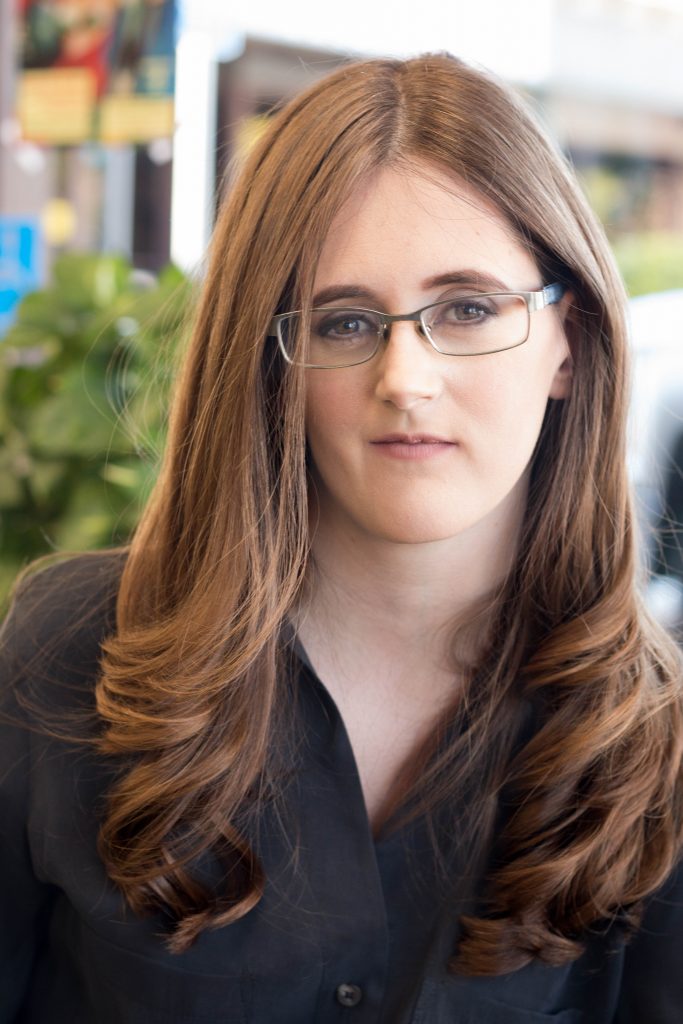By Marissa Dunham //
Nestled within the table of contents of most craft books, you’ll find that one reliable chapter on dialogue. In Burroway’s classic, Writing Fiction, the section on dialogue is buried within “Chapter 3: Building Character: Characterization: Part I” from pages 86 to 97 in the seventh edition. It is chock full of helpful information on dialogue from dialogue as action to how dialogue can reveal theme. And the book is a recommendation I always give for dialogue.
But are all books on dialogue equal? For the most part, yes. You’ll get the basic formatting tips everyone uses for dialogue. The difference in quality will be how dialogue is explained within relation to the other craft elements of your story.
In today’s column, you’ll find five new options for learning dialogue.
Troubleshooting
Books don’t always give all the information you need to write clear, engaging dialogue. To round out this column, I’m going to include a few troubleshooting tips that have helped clients and writers I’ve worked with in the past.
If your dialogue sounds clunky when read aloud, drop the dialogue tags. If there are only two or so people in a scene, there should be enough clues in the dialogue itself where you don’t need to repeat he said/she said at the end of every line. Use the dialogue tags in the first couple lines to make it clear to the reader who is speaking, but after that you shouldn’t need them. You’ll find that this trick has the added benefit of maturing the quality of your writing.
For experimental literature or other literary forms, you may not need quotation marks at all. Surprising as it may seem, removing quotation marks can add an extra dimension to how the reader interacts with the story. See The Round House: A Novel by Louise Erdrich or “The Pallbearer’s Glove” by Michael Winter for examples.
If voice is a struggle, try changing the emotion on your face. Sometimes it takes action in the body to get character voice going. Try physical emotion like scowling and setting your jaw as you write if the scene is tense or aggressive. More effectively recall a memory and change the details to fit the situation of your story. You’re not an actor, but you’re also not just hands typing on a keyboard. Writers need emotional fuel to close the gap between the experience in the real world and the words we’re writing on the page. Adding this physical element to your process will counterbalance the abstract part of writing.
Beyond these tips, these book recommendations will get you the rest of the way.
Here are the five!
- The Elements of Style by William Strunk Jr. and E.B. White
This is a handy book. The first edition came out in 1920, and it has been on editors and writer’s bookshelves ever since. The book is an excellent quick guide for the dry facts of writing, like omitting needless words and using active voice in any context. The book is pocket-sized at about 74 pages, and I can’t recommend it enough for those interested in writing. - The Language of Fiction: A Writer’s Stylebook by Brian Shawver
I had mentioned this book in the list on point of view (MARISSA’S TAKE ON: Writing Craft Books on Point of View) and I had to include it here because Shawver has an excellent understanding of syntax when it comes to dialogue. Helpful chapters include: “Chapter 1: Which Verb Tense Should You Write In?” “Chapter 2: How Should You Format and Punctuate Dialogue?” and “Chapter 4: Should You Phonetically Represent Character’s Speech?” among others. - The Way of the Writer: Reflections on the Art and Craft of Storytelling by Charles Johnson
What you’ll appreciate about this book is that Johnson’s chapters teach dialogue within the larger context of storytelling. Often when writing columns or books discuss dialogue, they only look at its isolated parts, like punctuation and speech patterns, but neglect to weave the lessons back into the rest of the book. Johnson gives that added context by framing dialogue as one element in a bigger project of storytelling. An excellent chapter if you’re working on scene is the well-named chapter “Scene and Dialogue” 96 to104. His chapter “The Challenge of Voice” on pages 83 to 85 will benefit the writer struggling with characterization, something many of us face. The book is about 256 pages and a great reading experience. - Thrill Me: Essays on Fiction by Benjamin Percy
A lover of horror, thriller, and suspense, Percy is a fun one to read. The book is a comprehensive review of all story elements from plot to suspense to dialogue. I’m including this title for the mystery and horror writers out there. You’ll find the tips on dialogue will be helpful for better understanding tension and character. The book is about 160 pages. - Stein on Writing: A Master Editor of Some of the Most Successful Writers of Our Century Shares His Craft Techniques and Strategies by Sol Stein
A lengthy, if somewhat self-congratulating title, Stein’s book provides a solid review of all elements of writing for beginning and intermediate writers. His chapter on dialogue, “Chapter 10: The Secrets of Good Dialogue,” will provide the basics and some surprises that you will be sure to enjoy. A book for anyone looking to improve their craft from a master. The book is about 320 pages.
Marissa’s Take Practice Exercise: Good Writers Create – Great Writers Steal “Dialogue”
I know we’re taught that eavesdropping is rude, but you can get some unexpectedly good dialogue from listening in on other’s conversations. Record a few lines of conversation you hear at a local restaurant or at a school function in a notebook. Just make sure to change the details and incorporate the context of your story into the borrowed dialogue when you get to writing. This practice will add a realistic quality to your scenes and help strengthen your ability to write more natural sounding dialogue overtime.
Again, I emphasize changing the details of the people speaking to protect the privacy of others from the conversations you’ve borrowed.

MARISSA DUNHAM is a writer and freelance editor. She spent the early part of her career in educational publishing, but now spends most of her time editing literary fiction, magical realism, and middle grade fiction. She lives in Southern California, where she enjoys bringing new life into the world by planting tomatoes and flowers in the garden.

